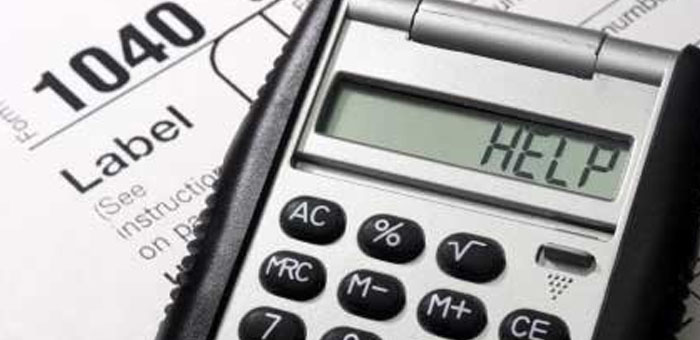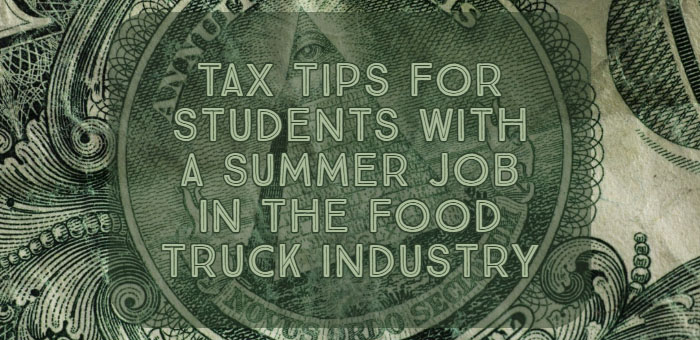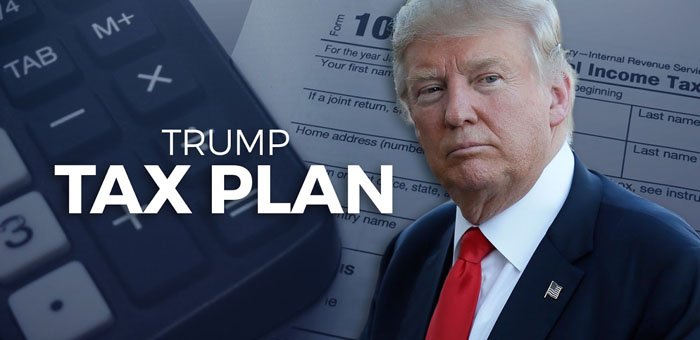At this time of year, the common saying that there are two certainties in life; death and taxes, food truck owners can feel that one is going to cause the other. But in this last week before taxes are due, if you’re completing your tax documents for your food truck business and starting to feel overwhelmed, here are three tax tips to help you feel in control.
Food Truck Tax Tips
Map it out
The first of our tax tips is to plan your taxes. The more you prepare in advance, the less time the actual return will take you. First, create a checklist of everything you need to complete your taxes from tax preparation software to employment tax forms (W-2, W-9, etc.) to your food truck business financials (income, expenses, company assets, etc.).
Are there deductions you hadn’t thought about or forms you haven’t been able to find? The best way to figure this out is to do a trial run through your tax software, which should take you about one hour. Go through the list of questions, especially those focused on personal deductions. Write a list of deductions you’d like to claim, but don’t have organized yet.
Once you have it all in one place, you can spend the rest of the week checking items off that checklist — tracking down and scanning receipts and organizing them on your desktop using tax-friendly categories like business expenses, investments and personal deductions.
Software to stay organized
Think about the tools you can use now and throughout the year to help you organize your records. There are a handful of free online resource available.
Need to share files with your bookkeeper? Try a cloud-sharing service like Dropbox. Want to keep your notes and receipts in one central location that’s easy to search? Download an app like Evernote that can help organize your receipts. This will help you to never have to deal with boxes full of crumpled papers again.
Extend
The last of our food truck tax tips is to extend if you need to. If this is all just too much for you, why not look into filing for an extension? Filing an extension gives you an extra six months to file your return, but with one caveat. While you’ll have extra time to file, you won’t have extra time to pay your taxes. This means you’ll need to estimate how much tax you owe and send the IRS a check for that amount by April 15. Failing to do so could result in late fees and penalties when you do get them paid.
You can file for an extension by mail or online. To file by mail, download and complete an application for automatic extension. Once it’s filled out, make sure to have it in the mail by the 15th and send it to one of five addresses, depending on what state you live in. I’d suggest sending it by registered mail so the IRS knows it was sent before the 15th.
To file online, you can use several sites, however only some, like TaxAct and FreeTaxUSA allow you to file for an extension at no cost. E-filing the extension usually takes less than half an hour and as long as you do it before midnight on the 15th, this method will give you more time if you’ve really left things to the last-minute.
RELATED: 6 Food Truck Tax Tips Your CPA May Have Missed
The Bottom Line
As a food truck owner, you have a seemingly never-ending list of responsibilities, and it’s all too easy to let tax day pass by without even realizing it. Understanding the different types of taxes your business may owe, and when each type of tax is first due, can help you get off on the right foot, especially where the Internal Revenue Service is concerned. We hope this article helps ease the pressure that tax time puts on food truck owners and gives you a way to get them taken care of in time.
If you have any additional food truck tax tips feel free to share them in the comment section below, our food truck forum or social media. Facebook | Twitter




